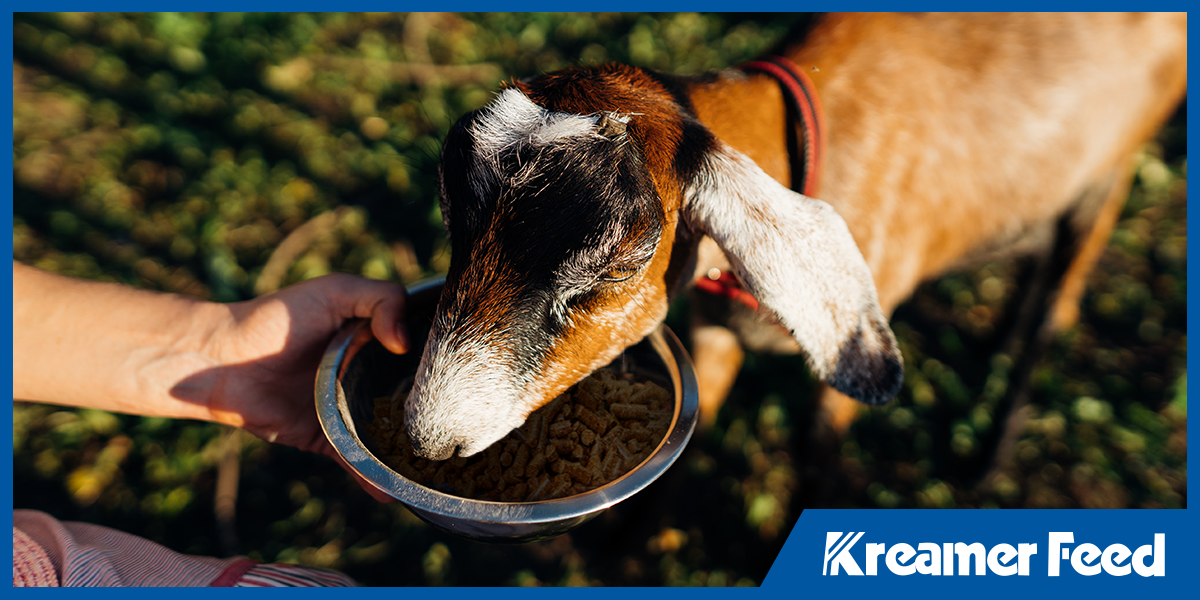When it comes to raising healthy, productive animals, two terms come up often in nutrition and farm management conversations: feed efficiency and feed intake. While they sound similar, understanding the difference between the two, and how they work together, is key to optimizing animal performance, reducing waste, and controlling costs.
At Kreamer Feed, we know how important it is to get the balance right. Since 1947, we’ve worked alongside farmers who take pride in producing strong, healthy livestock. Through decades of experience, we’ve learned that smart feed management starts with understanding how every pound of feed impacts animal growth and farm profitability.
What Is Feed Efficiency?
Feed efficiency measures how well an animal converts feed into body weight, milk, eggs, or other outputs. In other words, it shows how much of the feed’s nutrients are actually being used for growth and production rather than wasted.
A common way to measure efficiency is the feed conversion ratio (FCR): the amount of feed required for an animal to gain one unit of weight. For example, if a broiler chicken has an FCR of 1.8, it means it takes 1.8 pounds of feed to produce one pound of body weight.
The lower the ratio, the better the efficiency. A more efficient animal converts feed into growth with less waste, which translates directly to improved performance and lower feed costs.
What Is Feed Intake?
Feed intake refers to how much feed an animal consumes over a certain period of time. It’s influenced by many factors, including diet composition, feed texture, environmental temperature, animal health, and even social behavior within the herd or flock.
Understanding feed intake helps farmers ensure animals are eating enough to meet their nutritional needs without overconsuming. Too little intake can slow growth or reduce production, while too much can lead to wasted feed or unwanted fat accumulation.
Balancing feed intake management with efficiency is the cornerstone of effective livestock nutrition.
Feed Efficiency vs. Feed Intake: Why Both Matter
The key is that feed efficiency and feed intake are connected but not the same. An animal with high feed intake doesn’t automatically grow faster or perform better. Likewise, reducing feed intake too much can hurt efficiency if the animal doesn’t get enough nutrients to support growth.
The goal for farmers should be to find the sweet spot, where animals consume enough to stay healthy and productive, but the nutrients are used as effectively as possible.
For example:
-
A cow that eats less but converts feed into milk efficiently can be more profitable than one that eats more but produces only slightly higher milk yield.
-
A poultry producer who monitors both intake and FCR can fine-tune rations to promote livestock growth efficiency without overfeeding.
When managed together, feed efficiency and intake provide a clear picture of how your feeding program supports both animal health and farm sustainability.
Strategies for Optimizing Feed Usage
Improving efficiency doesn’t mean cutting corners, it means making every pound of feed count. Here are a few proven strategies:
-
Use high-quality, consistent feed. Uniform formulation ensures animals receive the right nutrients in every bite.
-
Maintain clean feeding systems. Spoiled or moldy feed can discourage intake and harm digestion.
-
Provide balanced rations. Ensure protein, energy, vitamins, and minerals are properly matched to animal age and stage of production.
-
Monitor animal performance. Track both intake and growth rates regularly to spot trends early.
-
Work with nutrition experts. A trusted feed partner can help tailor formulations that improve FCR and reduce waste.
At Kreamer Feed, we specialize in optimizing feed usage for animals through precise manufacturing, consistent quality control, and nutrition expertise built over generations.
The Bottom Line: Smart Feeding Builds Sustainable Farms
Understanding feed efficiency vs feed intake gives farmers the power to make smarter decisions that support healthier animals and stronger profits. By focusing on both how much livestock eat and how well they use that feed, you can improve productivity, reduce waste, and control rising feed costs, all without sacrificing animal well-being.
At Kreamer Feed, we take pride in being your trusted partner in feed management. With transparent processes, proven quality, and a commitment to community, we’re here to help you make every feeding program a success.





0 comments